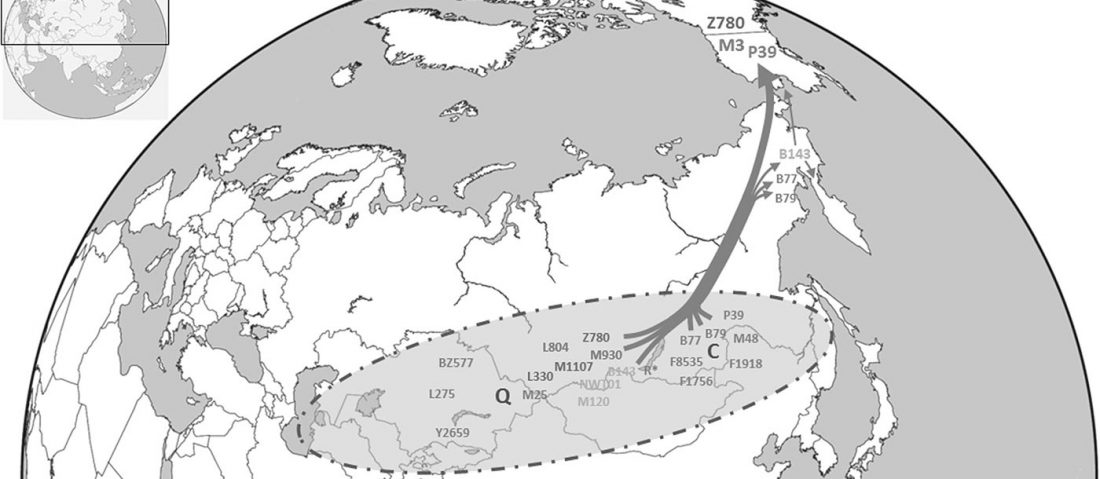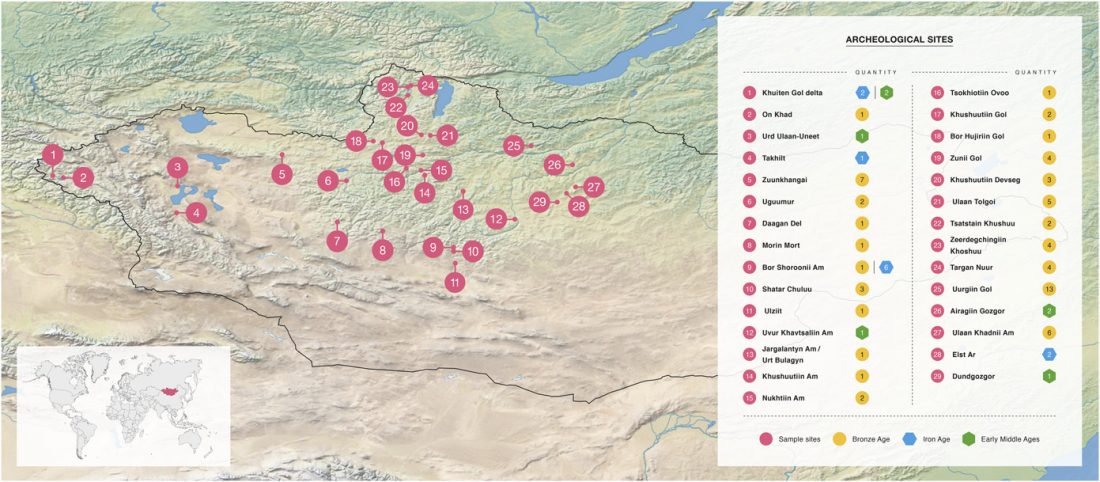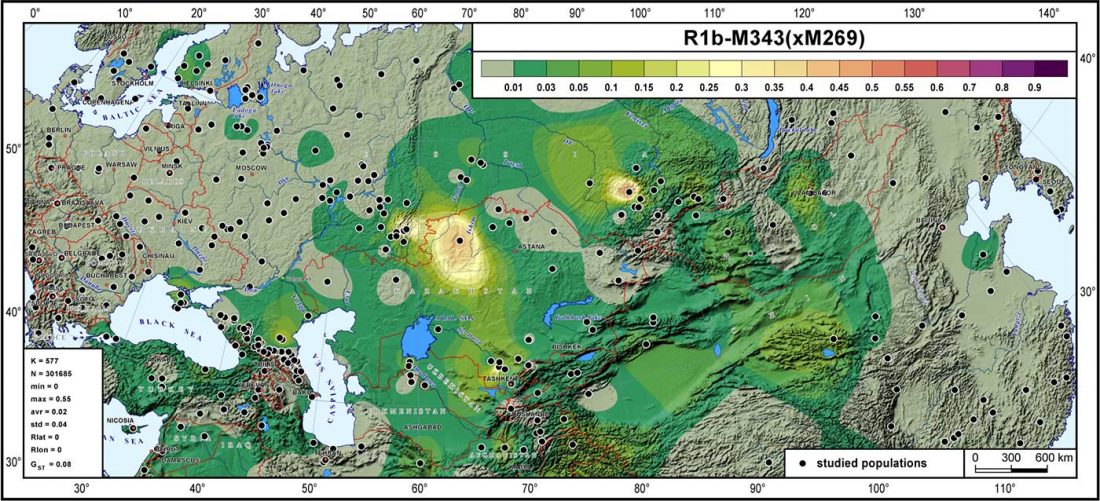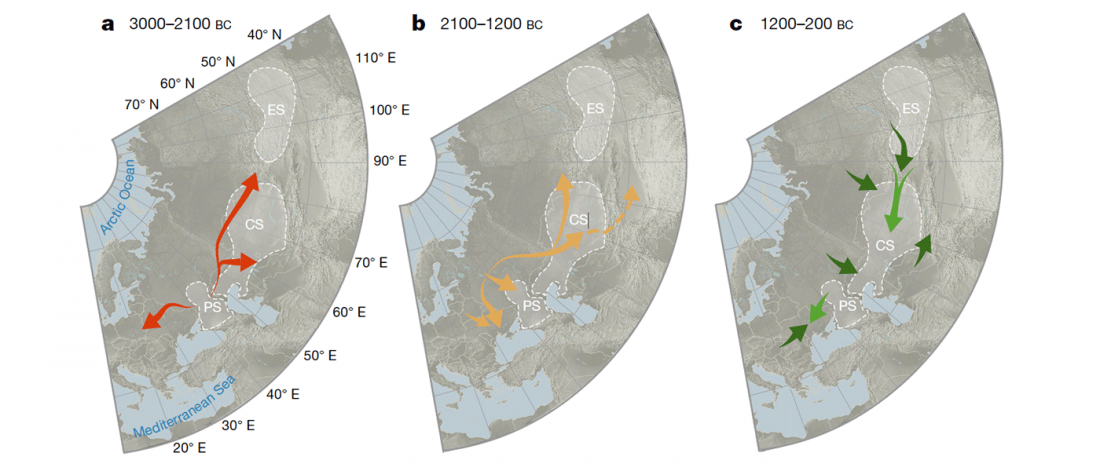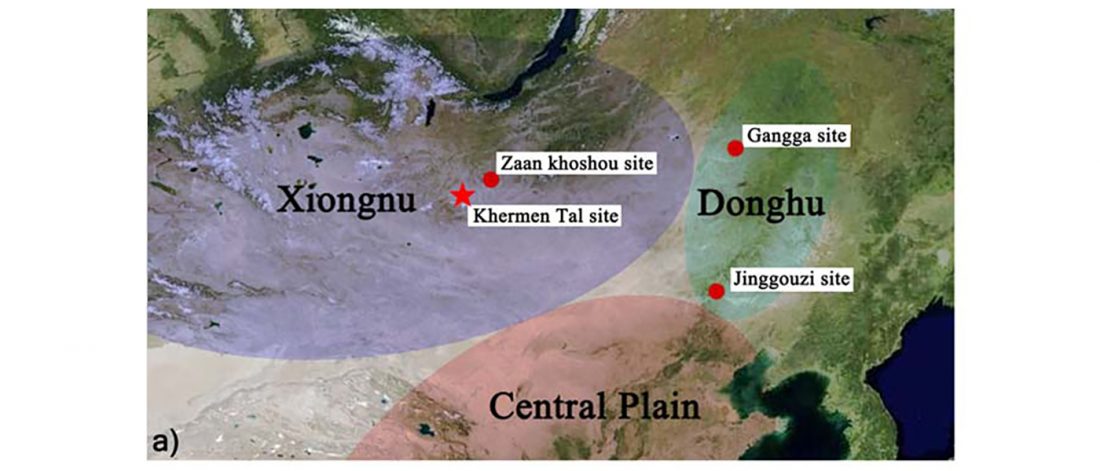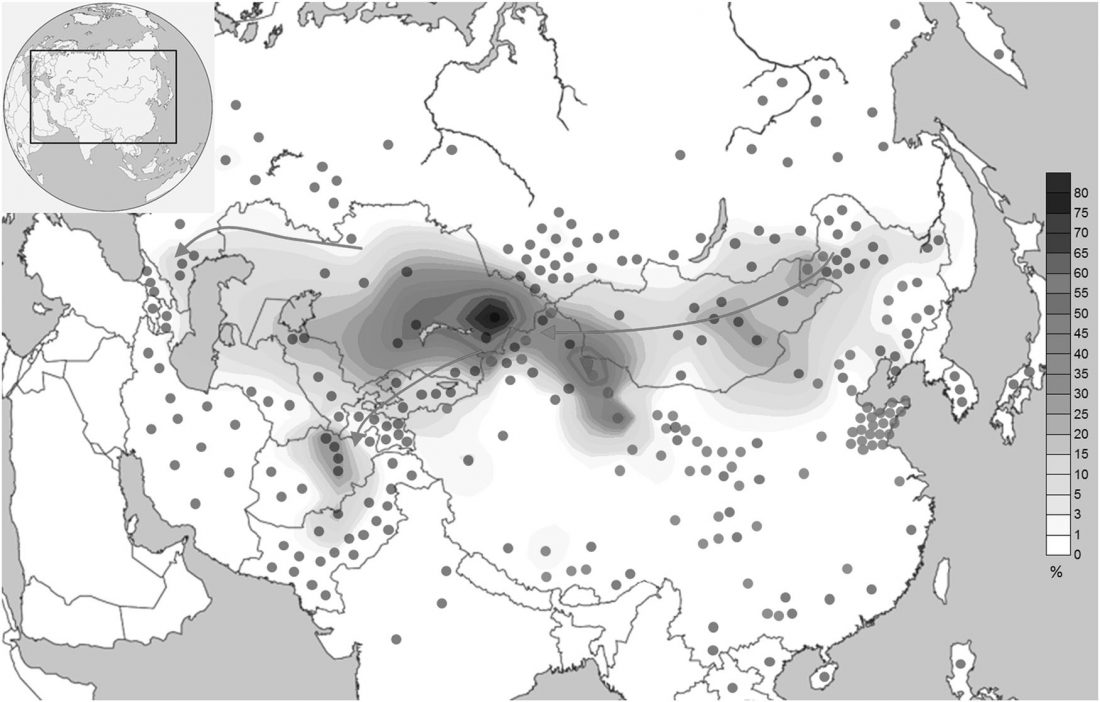Updated phylogenetic tree of haplogroup Q-M242 points to Palaeolithic expansions
New paper (behind paywall) Paternal origin of Paleo-Indians in Siberia: insights from Y-chromosome sequences by Wei et al., Eur. J. Hum. Genet. (2018)
Interesting excerpts (for Eurasian migrations):
Differentiation and diffusion in Palaeolithic Siberia
… Read the rest “Updated phylogenetic tree of haplogroup Q-M242 points to Palaeolithic expansions”Based on the phylogenetic analyses and the current distributions of relative sub-lineages, we propose that the prehistoric population differentiation in Siberia after the LGM (post-LGM) provided the genetic basis for the emergence of the Paleo-Indian, American aborigine, population. According to the phylogenetic tree of Y-chromosome haplogroup C2-M217 (Fig. 2 and Figure S1), eight sub-lineages emerged in a short period between 15.3 kya and 14.3 kya
